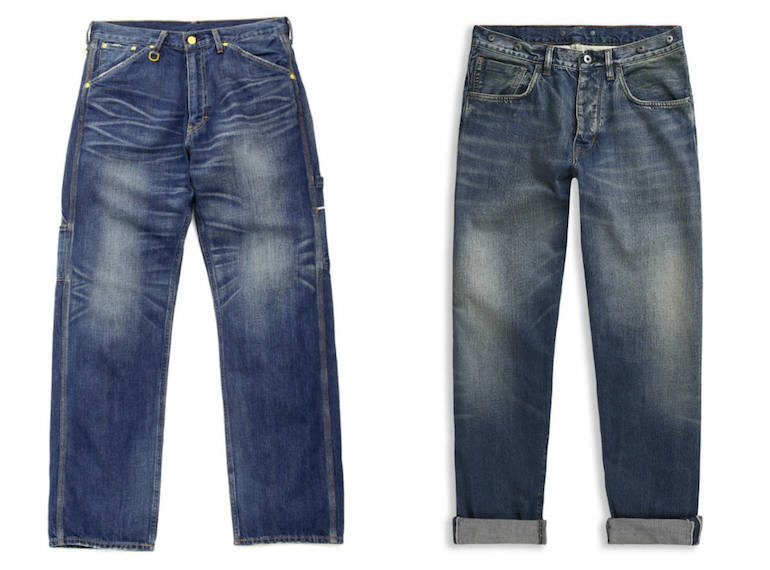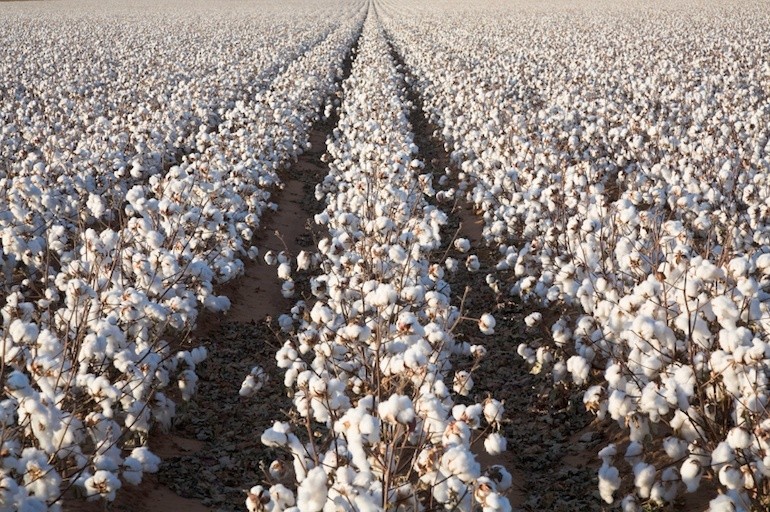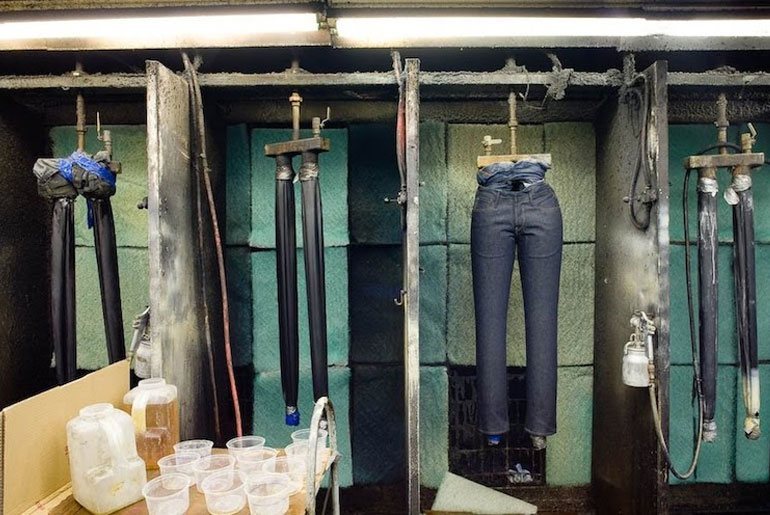The environmental benefits of raw denim is a subject that has come up occasionally as a peripheral reason to wear raw denim but it was hardly ever the main reason people gravitated towards it. Recently, Levi’s CEO, Chip Bergh, caused a bit of a stir when he proclaimed that people should never wash their jeans to save the environment and even went as far as to say that it would help make the jeans last longer.
While the latter claim is at best a complete fabrication, it did get us thinking more about not just the environmental benefits of raw denim but the impact in general the raw denim and clothing industry has on the environment.

Prewashing and distressing denim
When washed and pre-distressed denim hit the market, it was welcomed as jeans that didn’t require any break in period and would have that well-worn in look from the beginning. While that has resulted in a huge boom in the denim industry with thousands of options to choose from, the water needed to achieve that look has been hugely substantial.
On average, a washed and pre distressed jean will require 42 liters or about 11.1 gallons of water to achieve that worn-in look. On top of that, there are chemicals used to treat the jeans, power needed to dry the jeans after the wash as well as the manpower and labor needed to distress the jeans by hand.

The washing and distressing of garments is a labor and water intensive process.
A big part of raw denim’s appeal is the ability to take the jean and make it your own by wearing it and creating your own wear marks. Raw denim cuts out the extensive washing process after the jeans are made (except for once-washed denim, which for the most part goes through a shorter wash or light rinse to reduce shrinkage), which in turn reduces the amount of water and chemicals needed to make that pair of jeans.
Taking it a step further, once the jean is purchased and becomes part of a daily/weekly rotation, the care for the denim plays an integral part in environmental impact as well.

Raw denim worn over several years times. Proper care can extend the life of a jean and reduce waste.
The consensus (and I’m leaving out the outliers) for washing raw denim is to wait a longer time between washes, around 2-4 months to get noticeable fades and wear. Washing clothing can be one of the more wasteful activities that we engage in, top loading washers use about 45 gallons of water per cycle and even the more modern high efficiency washers still use anywhere from 15-25 gallons of water each load.
With the rise of raw denim and other workwear, it has popularized the idea of washing less and air drying more, which can have a significant positive impact on reducing water and power usage. Raw denim fans also tend to own less clothing in general, opting for a wardrobe of a few higher-quality pieces. Some hardcore denimheads will even wear the same thing everyday for years on end. And less new clothes means less water and less chemicals.

Cotton is a water thirsty crop that requires a large amount of water to grow. Organizations are out there to improve the process of growing cotton.
While we could sit in our raw jeans and pat ourselves in the back for doing our part for the environment, there is so much more that can be done. One of the ugly truths about the clothing industry is that cotton is one of the thirstiest crops out there. It takes as much as 250 gallons or 946 liters of water to grow enough cotton for a pair of jeans, and that’s not even including the water needed to dye the cotton yarns. That number could be significantly higher with denim that uses more fabric per square yard.
There’s a movement in the works aimed at making cotton growing more water efficient, but progress is slow as the cotton industry is gargantuan in size and scope. While we’re not here to stand on a soap box and preach, we believe there is value in educating ourselves in order to make better decisions as a consumer. Not everyone can be an activist, but for those who wish to decrease their environmental footprint practices like proper care of clothing to maximize usage, buying fewer new clothes, and buying clothes that are undistressed and untreated are small steps that can make a huge impact in the long run.






